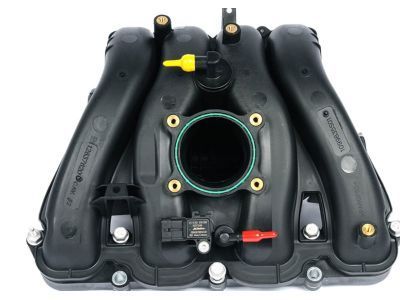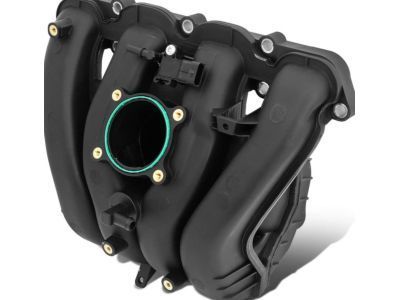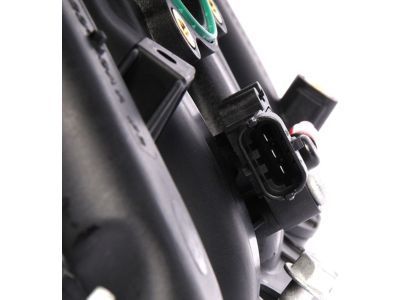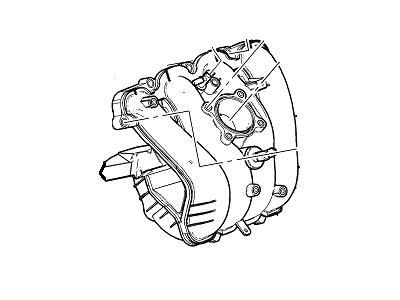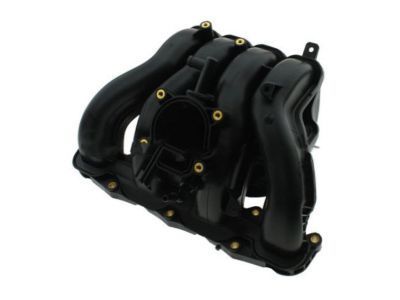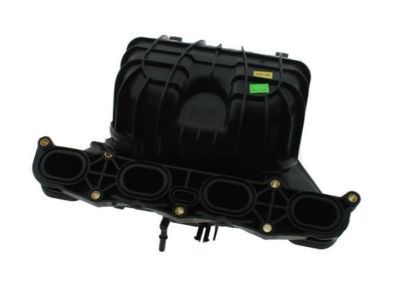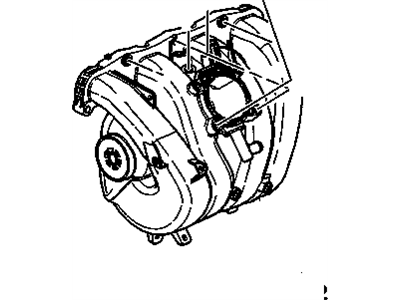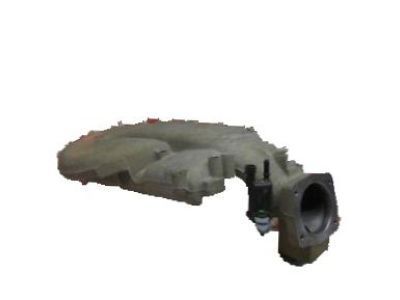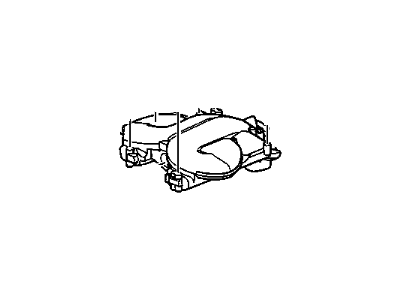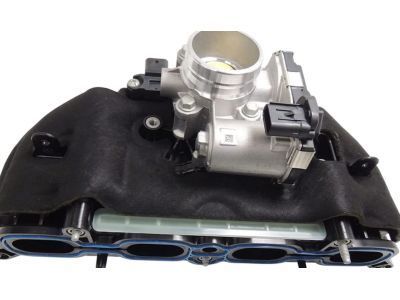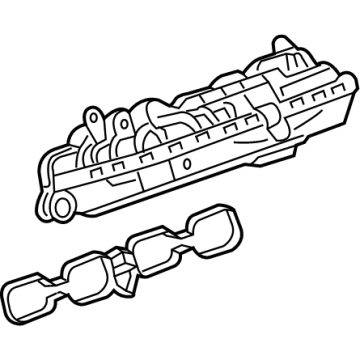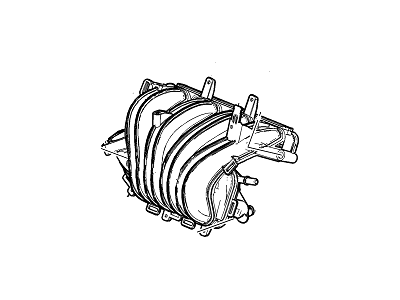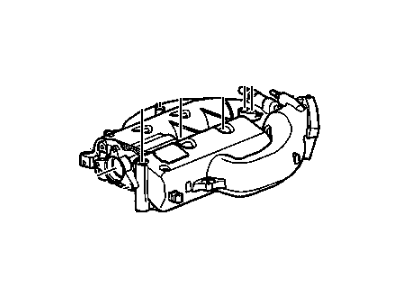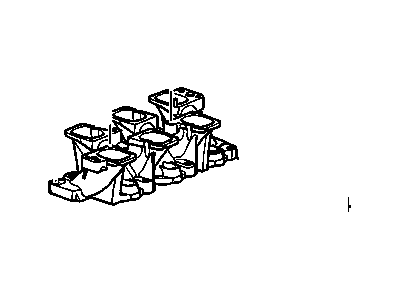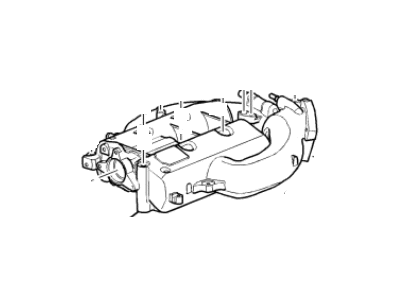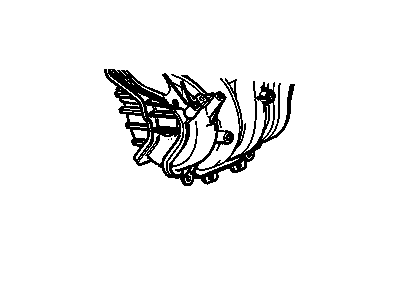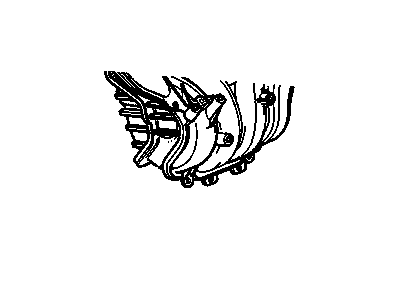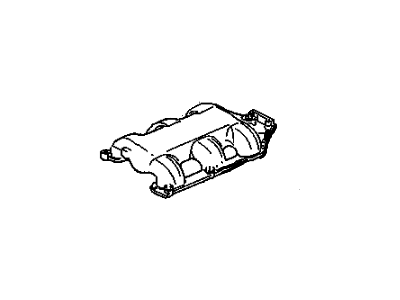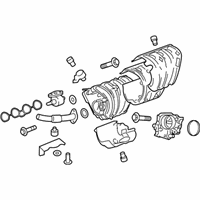
My Garage
My Account
Cart
Genuine Chevrolet Malibu Intake Manifold
Engine Intake Manifold- Select Vehicle by Model
- Select Vehicle by VIN
Select Vehicle by Model
orMake
Model
Year
Select Vehicle by VIN
For the most accurate results, select vehicle by your VIN (Vehicle Identification Number).
33 Intake Manifolds found
Chevrolet Malibu Manifold Assembly, Intake
Part Number: 12637620$112.72 MSRP: $194.42You Save: $81.70 (43%)Chevrolet Malibu Manifold, Intake
Part Number: 12597953$113.54 MSRP: $274.90You Save: $161.36 (59%)Ships in 1-2 Business DaysChevrolet Malibu Manifold, Upper Intake (Machine)
Part Number: 12626552$163.58 MSRP: $243.91You Save: $80.33 (33%)Ships in 1-2 Business DaysChevrolet Malibu Manifold Assembly, Intake (W/ Throttle Body)
Part Number: 12690468$263.49 MSRP: $420.08You Save: $156.59 (38%)Chevrolet Malibu Manifold, Intake
Part Number: 12646130$229.39 MSRP: $395.61You Save: $166.22 (43%)Ships in 1-2 Business DaysChevrolet Malibu Manifold, Intake
Part Number: 12631021$375.46 MSRP: $621.42You Save: $245.96 (40%)Ships in 1-2 Business DaysChevrolet Malibu Manifold Assembly, Intake (W/ Throttle Body)
Part Number: 55494090$267.20 MSRP: $426.15You Save: $158.95 (38%)Ships in 1-3 Business DaysChevrolet Malibu Manifold Assembly, Upper Intake
Part Number: 12604753$129.14 MSRP: $192.56You Save: $63.42 (33%)Ships in 1-2 Business DaysChevrolet Malibu Manifold Assembly, Int (W/ Throt Body)
Part Number: 55509565$313.74 MSRP: $500.36You Save: $186.62 (38%)Chevrolet Malibu Manifold, Upper Intake (Machine)
Part Number: 12611485$1254.31 MSRP: $1628.97You Save: $374.66 (23%)Ships in 1-3 Business DaysChevrolet Malibu Manifold, Upper Intake (Machine)
Part Number: 12626551$1311.82 MSRP: $1536.08You Save: $224.26 (15%)Ships in 1-2 Business DaysChevrolet Malibu Manifold Assembly, Intake (W/ Throttle Body)
Part Number: 12683666$127.90 MSRP: $309.59You Save: $181.69 (59%)Ships in 1-3 Business DaysChevrolet Malibu Manifold, Intake (Machine)
Part Number: 12595822$130.24 MSRP: $242.74You Save: $112.50 (47%)Ships in 1-2 Business DaysChevrolet Malibu MANIFOLD-LWR INT
Part Number: 12705324$4312.94 MSRP: $6877.18You Save: $2564.24 (38%)Ships in 1-3 Business DaysChevrolet Malibu Manifold, Upper Intake (Machine)
Part Number: 12629346$181.78 MSRP: $289.92You Save: $108.14 (38%)Ships in 1-3 Business DaysChevrolet Malibu Manifold Assembly, Intake
Part Number: 12608305$94.02 MSRP: $147.94You Save: $53.92 (37%)Chevrolet Malibu Manifold Assembly, Intake
Part Number: 12590301$93.33 MSRP: $146.85You Save: $53.52 (37%)
| Page 1 of 2 |Next >
1-20 of 33 Results
Chevrolet Malibu Intake Manifold
Intake Manifold of Chevrolet Malibu automobiles is a component used for supplying airs or air/fuel mixture to the selected cylinder and therefore determines power and efficiency of the engine. In different models of Malibu boats, the Intake Manifold has shifted from using cast iron and aluminum to the newer composite plastics which are lighter, and a better conductor of heat to allow for better combustion. Chevrolet Malibu vehicles have employed different sorts of Intake Manifolds among them those with variable length to favor airflow, torque and fuel efficiency. These include intake manifolds with variable length (VLIM), devices that use, for instance, the working principle of the Venturi effect to manage airflow depending on the load experienced by the engine. That is why seals used in Intake Manifold plays a crucial role in maintaining performance across all models of Chevrolet Malibu, as does the design of the runners.
Each OEM Chevrolet Malibu Intake Manifold we offer is competitively priced and comes with the assurance of the manufacturer's warranty for the part. Furthermore, we guarantee the speedy delivery of your orders right to your doorstep. Our hassle-free return policy is also in place for your peace of mind.
Chevrolet Malibu Intake Manifold Parts Questions & Experts Answers
- Q: How to relieve the fuel system pressure and disconnect the negative battery terminal for intake manifold removal in four cylinder engine on Chevrolet Malibu?A:Terminate the connection of the negative terminal from the battery and relieve the fuel system of the pressure. In the 2.0L engine, the following measures are taken: drain the cooling system. Removal of the oil filler cap and the fastener of the engine cover, which should then be lifted off from the ball studs in case of the 1.5L engine. Wrinkle out the intake manifold sound insulator and loose the charge air cooler outlet pipe of the throttle body. Disconnect the fuel feed line and its bracket from the intake manifold, take off the canister purge line from the quick-connector of the throttle body, and unscrew the bracket connected to the throttle body and the electrical connectors of the intake air pressure sensor. Remove the canister purge solenoid electrical connector, and unclip the solenoid from the intake manifold bracket tab, then route and secure the hose for it. Unfasten all the remaining electrical connections which might hinder manifold removal; then open all the clips of the wiring harnesses and pull all the wiring harnesses off the manifold. Remove the intake manifold fasten bolts, then, slowly remove the intake manifold from the Cylinder Head. Slide a new intake manifold gasket over the grooved recess in the intake manifold and align the gasket accurately with the provision and clean the mating surfaces of the intake manifold and cylinder head. Position the manifold to the cylinder head and use your fingers tight the bolts then increase the intensity until you reach the standard torque. The rest is again as removal, reconnecting the battery, and using the engine for vacuum and fuel leak test. In 2.0L and 2.5L engines, remove the charge air cooler outlet pipe from the throttle body, fuel feed pipe quick-connect fitting for 2.0L and 2.5L engines and coolant air bleed pipe hose for the 2.0L engines, the hose to be plugged and the pipe capped. Before removing the PCV fresh air tube you must of course remove the air intake duct to the throttle body, fuel rail with injectors attached to it, and the power brake booster vacuum line that is connected to the tube. As you will see, the PCV valve and tube assembly are not interchangeable, so if you are removing the intake manifold, do not remove them from the valve camshaft. Pull off the EVAP canister purge solenoid valve, throttle body and high pressure fuel pump, unclip the intake manifold cover and take it off. Any electrical connector that would hinder the removal of the manifold has to be disconnected, the wiring harness clips to be opened, and any wiring harness connected to the manifold to be disconnected. Unfasten the intake manifold mounting bolts, these are the 14mm in the case of the 2.0L engines while these bolts are recessed in the intake manifold and should not be lost. Detach the intake manifold from the cylinder head to get access for a fuel pressure sensor, detach the electrical connector from a fuel pressure sensor, and then disconnect the intake manifold. Introduce a fresh intake manifold gasket in the grooved channel of the intake manifold; align it correctly by making use of indexing lugs and lifter, and make certain that the mating surfaces between the intake manifold and cylinder head are free of deposits or debris. Fit the manifold onto its position near to the cylinder head connect the fuel pressure sensor again turn the manifold toward cylinder head and flexible tighten the bolts. Torque the bolts in a sequence up to prescribed torque , then reverse the installation procedure, connect the battery and start the engine and check for vacuum and fuel leaks.
Related Chevrolet Malibu Parts
Browse by Year
2024 Intake Manifold 2023 Intake Manifold 2022 Intake Manifold 2021 Intake Manifold 2020 Intake Manifold 2019 Intake Manifold 2018 Intake Manifold 2017 Intake Manifold 2016 Intake Manifold 2015 Intake Manifold 2014 Intake Manifold 2013 Intake Manifold 2012 Intake Manifold 2011 Intake Manifold 2010 Intake Manifold 2009 Intake Manifold 2008 Intake Manifold 2007 Intake Manifold 2006 Intake Manifold 2005 Intake Manifold 2004 Intake Manifold 2003 Intake Manifold 2002 Intake Manifold 2001 Intake Manifold 2000 Intake Manifold 1999 Intake Manifold 1998 Intake Manifold 1997 Intake Manifold 1983 Intake Manifold 1982 Intake Manifold
